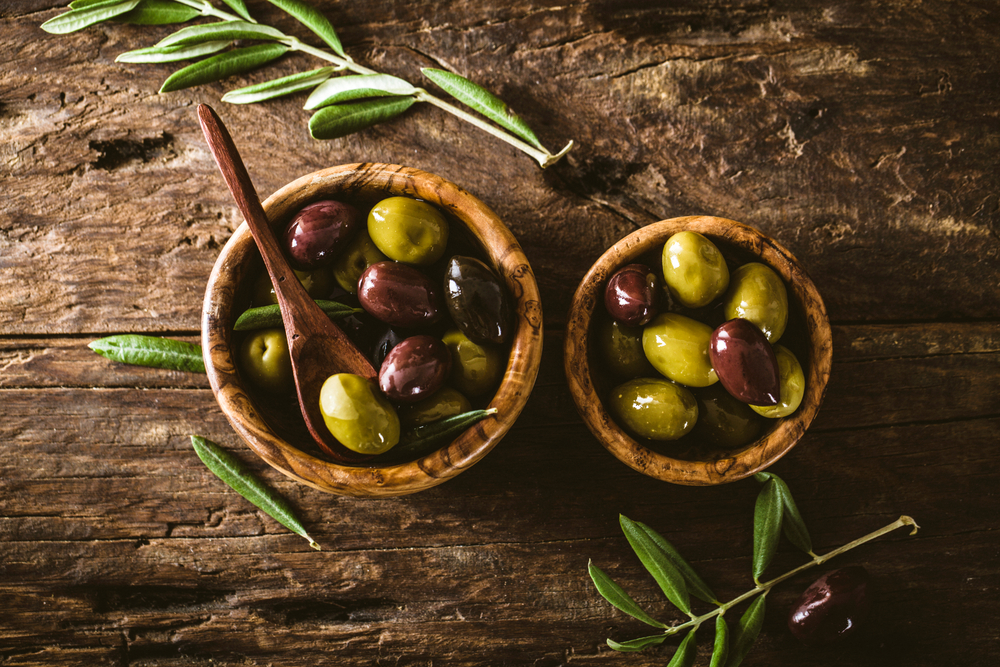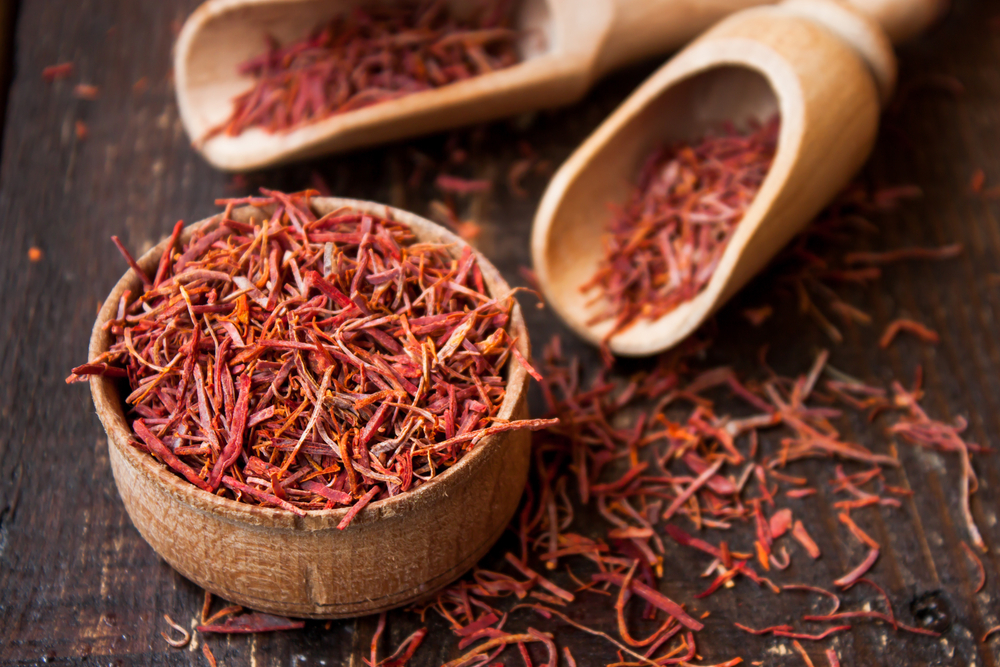Dry bay leaves are a versatile ingredient commonly used in cooking and herbal remedies. Bay leaves are native to the Mediterranean region and have been used for centuries for their distinct aroma and flavor.
Drying bay leaves is a simple process that allows them to be stored for long periods, ensuring they are readily available whenever needed.
Understanding bay leaves is essential before attempting to dry them. Bay leaves come from the bay laurel tree, which is an evergreen tree that can grow up to 60 feet tall. The leaves are typically harvested when the tree is at least two years old, and they are most abundant in the middle of summer.
Bay leaves are used in a variety of dishes, including soups, stews, and marinades, and are known for their subtle, earthy flavor.
Harvesting and drying bay leaves is an easy process that can be done at home. There are several methods of drying bay leaves, including air-drying, using a dehydrator, or drying them in the oven.
Once the bay leaves are dry, they can be stored in an airtight container in a cool, dry place. Using dried bay leaves in cooking is simple and can enhance the flavor of many dishes.
Key Takeaways
- Bay leaves come from the bay laurel tree and are commonly used in cooking and herbal remedies.
- Drying bay leaves is a simple process that allows them to be stored for long periods.
- Bay leaves can be dried using various methods and are best stored in an airtight container in a cool, dry place.
Understanding Bay Leaves
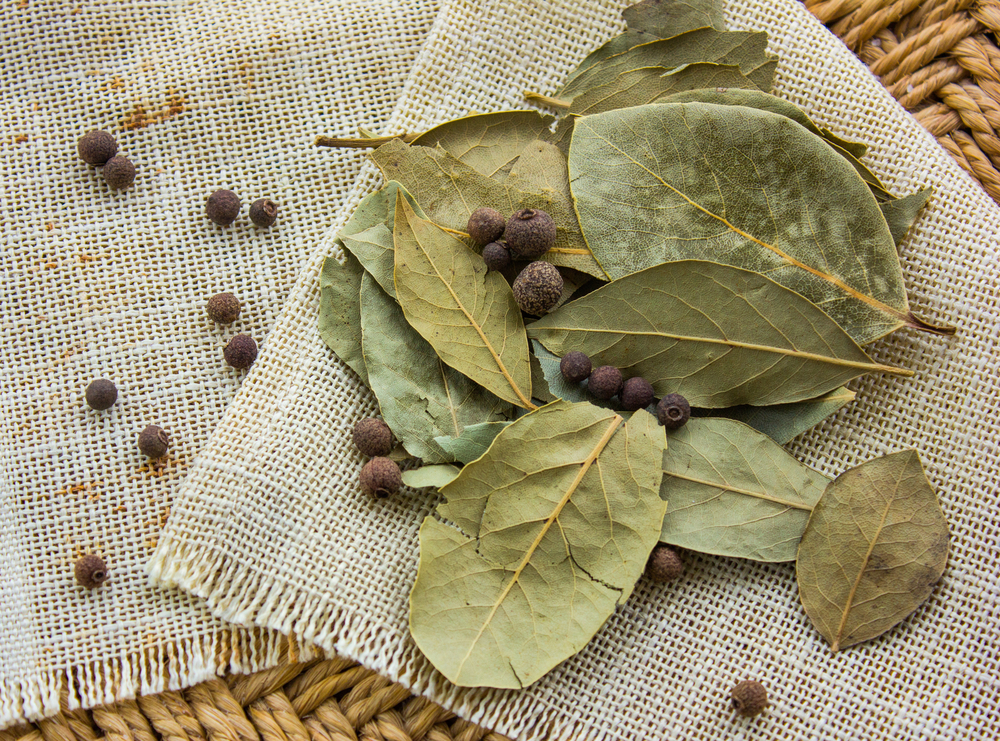
Bay leaves are a popular herb used in many culinary dishes, especially in Mediterranean and Middle Eastern cuisine. These leaves come from the bay laurel tree, which is native to the Mediterranean region.
Bay laurel trees can grow up to 60 feet tall and produce fragrant leaves that are used for cooking, medicine, and decoration.
Bay leaves have a distinct flavor and aroma that is often described as slightly sweet and floral with a hint of bitterness. They are commonly used to add flavor to soups, stews, sauces, and marinades. Bay leaves are also used in pickling and preserving foods.
In addition to their culinary uses, bay leaves have been used for medicinal purposes for centuries. They are believed to have anti-inflammatory, antioxidant, and antibacterial properties.
Bay leaves have been used to treat a variety of ailments, including digestive issues, respiratory problems, and arthritis.
When using bay leaves in cooking, it is important to note that they are not meant to be eaten. Bay leaves are typically added to dishes whole and then removed before serving. They can also be crushed or ground into a powder for use in spice blends.
Overall, bay leaves are a versatile herb that can add flavor and aroma to a wide variety of dishes. Whether you are a professional chef or a home cook, bay leaves are a must-have ingredient in your kitchen.
Harvesting Bay Leaves
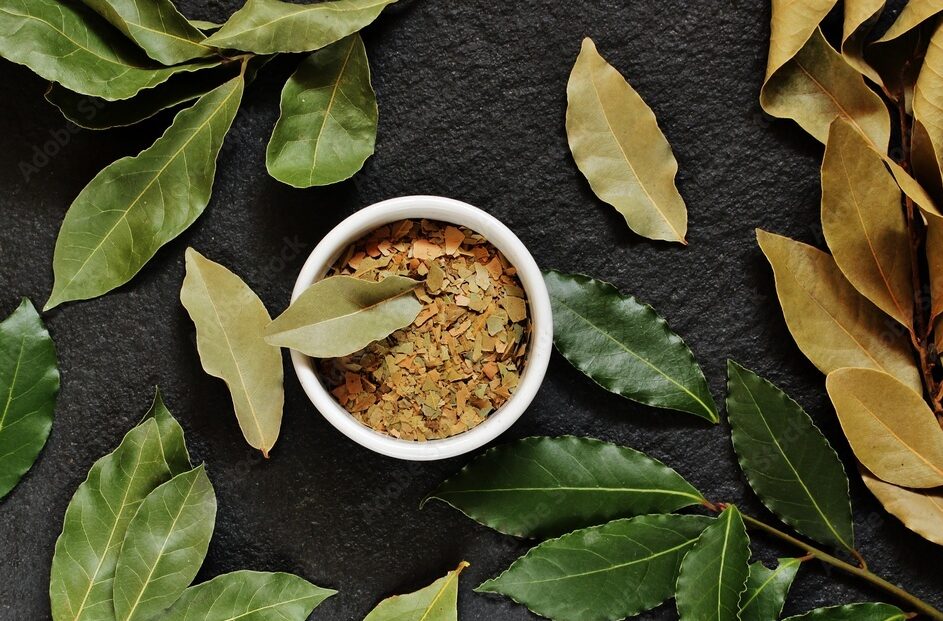
Harvesting bay leaves is an important step in the process of drying them. Proper harvesting technique ensures that the leaves are of good quality and flavor.
This section will provide information on the best time for harvesting and the proper technique for harvesting bay leaves.
Best Time for Harvesting
The best time for harvesting bay leaves is during midsummer when the leaves produce their oils more abundantly. This makes harvesting easier and ensures that the leaves are of good quality. It is important to pick the leaves in the morning after the dew has evaporated to prevent wilting.
It is also recommended to harvest bay leaves from plants that are at least two years old. This ensures that the leaves are mature and have a stronger flavor.
Proper Harvesting Technique
Proper harvesting technique is important to ensure the quality and flavor of the bay leaves. It is recommended to use a sharp pair of secateurs or kitchen scissors to make a clean cut when harvesting the leaves.
If only a few leaves are being harvested, it is fine to pick them off the tree by hand.
When harvesting, it is important to cut the leaf close to the branch to avoid leaving a length of bare leaf stem attached to the parent plant. This can cause damage to the plant and affect future growth.
After harvesting, the bay leaves should be rinsed in cool water and gently shaken dry. It is important to remove any dirt or debris from the leaves before drying them.
In conclusion, harvesting bay leaves is an important step in the process of drying them. The best time for harvesting is during midsummer when the leaves produce their oils more abundantly.
Proper harvesting technique involves using a sharp pair of secateurs or kitchen scissors to make a clean cut and cutting the leaf close to the branch to avoid leaving a length of bare leaf stem attached to the parent plant.
Methods of Drying Bay Leaves
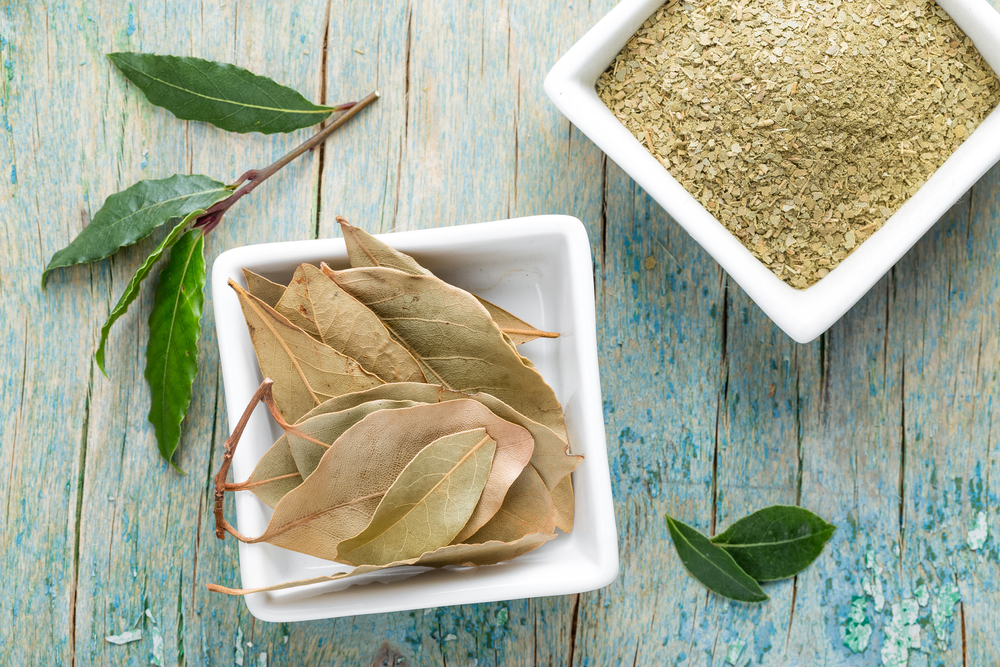
When it comes to drying bay leaves, there are a few methods to choose from. Each method has its own benefits and drawbacks, and the choice ultimately depends on personal preference and the resources available. Here are the three most common methods of drying bay leaves:
Air Drying Bay Leaves
Air drying is the most natural and traditional method of drying bay leaves. To air dry bay leaves, simply gather fresh bay leaves and tie them together in small bunches. Hang the bunches upside down in a dry, well-ventilated area out of direct sunlight.
The bay leaves will dry naturally within a few weeks. Once the leaves are dry, remove them from the bunches and store them in an airtight container.
Air drying bay leaves is a great option for those who want to dry bay leaves naturally without any additional equipment. It is also the most cost-effective method, as it requires no electricity or special tools.
However, air drying can take a long time, and the bay leaves may be exposed to dust and other contaminants if they are not protected properly.
Oven Drying Bay Leaves
Oven drying is a faster method of drying bay leaves than air drying. To oven dry bay leaves, preheat the oven to its lowest temperature setting. Spread the bay leaves out in a single layer on a baking sheet and place them in the oven. Leave the oven door slightly ajar to allow moisture to escape.
Check on the bay leaves regularly and remove them from the oven when they are dry and brittle.
Oven drying bay leaves is a good option for those who want to dry bay leaves quickly and without any special equipment. It is also a good option for those who live in humid climates and may have trouble air drying bay leaves.
However, oven drying can be tricky, as the leaves can burn easily if the oven is too hot or if they are left in for too long.
Using a Food Dehydrator
Using a food dehydrator is a convenient and efficient method of drying bay leaves. To use a food dehydrator, spread the bay leaves out on the trays in a single layer, making sure they do not overlap.
Set the dehydrator to the appropriate temperature and let it run until the bay leaves are dry and brittle.
Using a food dehydrator is a good option for those who want to dry bay leaves quickly and without any special equipment.
It is also a good option for those who want to avoid the risk of burning the bay leaves in the oven. However, food dehydrators can be expensive and may not be a practical option for everyone.
In summary, there are three main methods of drying bay leaves: air drying, oven drying, and using a food dehydrator. Each method has its own benefits and drawbacks, and the choice ultimately depends on personal preference and the resources available.
Storing Dried Bay Leaves
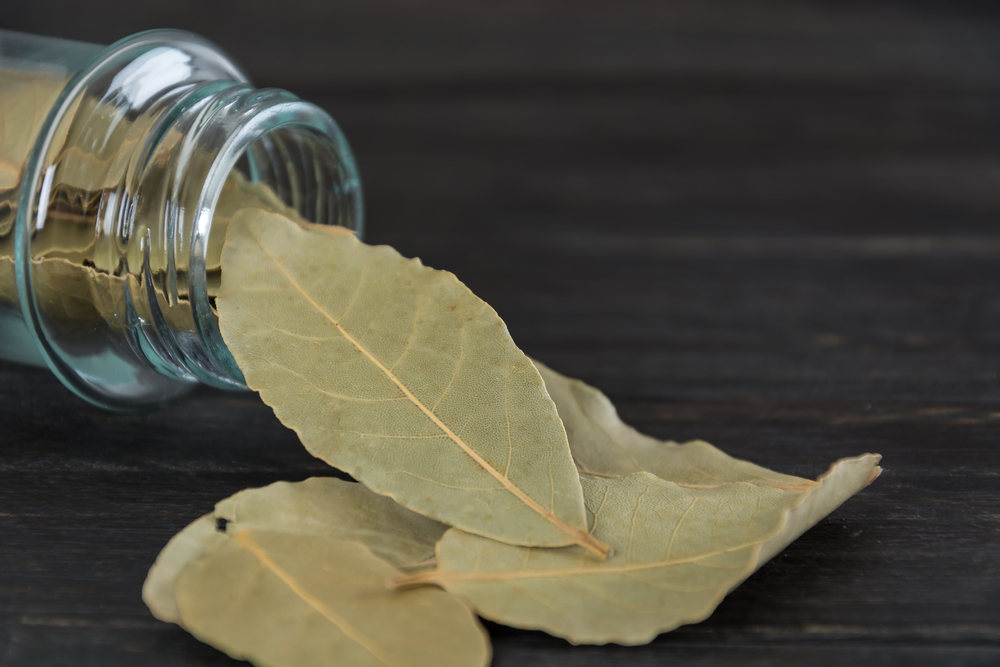
Choosing the Right Container
When it comes to storing dried bay leaves, choosing the right container is crucial. Airtight containers are the best choice as they prevent moisture and air from entering, which can cause the leaves to lose their flavor and aroma.
Glass jars with tight-fitting lids or plastic containers with snap-on lids are good options. Make sure to clean the container thoroughly before use.
Ideal Storage Conditions
Ideal storage conditions for dried bay leaves are cool, dry, and dark places. Direct sunlight and high temperatures can cause the leaves to lose their flavor and aroma quickly. Therefore, it is recommended to store them in a pantry or a cupboard away from heat sources and direct sunlight.
Also, make sure to keep them away from spices with strong aromas, as they can affect the flavor of the bay leaves.
It is important to note that dried bay leaves can attract weevils, which are small beetles that can infest stored food products. To prevent weevils from infesting your dried bay leaves, store them in airtight containers and check them regularly for signs of infestation.
If you notice any weevils, discard the affected leaves and clean the container thoroughly before storing new ones.
In summary, storing dried bay leaves in airtight containers in cool, dry, and dark places is the best way to preserve their flavor and aroma. Regularly checking for signs of weevils and cleaning the container can prevent infestations and ensure that your bay leaves stay fresh for a long time.
Using Dried Bay Leaves in Cooking
Dried bay leaves are a staple in many kitchens around the world. They are used to add flavor and aroma to soups, stews, and other dishes. In this section, we will explore how to use dried bay leaves in cooking.
Adding Flavor to Soups and Stews
One of the most common uses of dried bay leaves is in soups and stews. Bay leaves add a subtle, earthy flavor to these dishes, which helps to enhance the overall taste.
To use dried bay leaves in soups and stews, simply add one or two leaves to the pot while the dish is cooking. Be sure to remove the leaves before serving, as they can be tough and unpleasant to eat.
Other Culinary Uses
Dried bay leaves can also be used in a variety of other culinary applications. For example, they can be added to marinades for meat, poultry, and fish to infuse them with flavor.
They can also be used to flavor rice dishes, such as pilafs and risottos. In addition, bay leaves can be used to season roasted vegetables, such as potatoes and carrots.
When using dried bay leaves in cooking, it is important to keep a few things in mind. First, be sure to use high-quality, dried bay leaves. Fresh bay leaves can be pungent and overpowering, so it is best to stick with the dried variety.
Second, be sure to store your dried bay leaves in an airtight container in a cool, dry place. This will help to preserve their flavor and aroma.
In conclusion, dried bay leaves are a versatile and flavorful ingredient that can be used in a wide range of dishes. Whether you are making soup, stew, or a marinade, adding a few dried bay leaves can help to elevate the flavor of your dish and take it to the next level.
Health Benefits and Herbal Remedies
Dry bay leaves are not only used for culinary purposes but also for medicinal purposes. Bay leaves contain essential oils, tannins, and flavonoids that provide various health benefits.
In this section, we will discuss some of the health benefits and herbal remedies associated with dry bay leaves.
Health Benefits
- Anti-inflammatory properties: Bay leaves contain compounds such as eucalyptol, cineole, and pinene, which have anti-inflammatory properties. These compounds can help reduce inflammation in the body, which is associated with various health conditions such as arthritis, asthma, and inflammatory bowel disease.
- Digestive health: Bay leaves are known to aid in digestion. The essential oils in bay leaves can help stimulate the production of digestive juices, which can improve digestion and reduce symptoms such as bloating, gas, and constipation.
- Immune system support: Bay leaves contain vitamins A, B6, and C, which are essential for maintaining a healthy immune system. These vitamins can help strengthen the immune system and protect the body against infections and diseases.
- Respiratory health: Bay leaves have been used for centuries to treat respiratory problems such as coughs, colds, and bronchitis. The essential oils in bay leaves can help soothe the respiratory system and reduce inflammation, making it easier to breathe.
Herbal Remedies
- Bay leaf tea: Bay leaf tea is a popular herbal remedy that is used to treat various health conditions. To make bay leaf tea, simply steep a few dry bay leaves in hot water for 10-15 minutes. Bay leaf tea can help improve digestion, reduce inflammation, and boost the immune system.
- Bay leaf oil: Bay leaf oil is a potent essential oil that can be used topically or in aromatherapy. Bay leaf oil can help reduce inflammation, relieve pain, and promote relaxation.
- Bay leaf poultice: A bay leaf poultice can be used topically to reduce inflammation and relieve pain. To make a bay leaf poultice, simply crush a few dry bay leaves and mix with warm water to form a paste. Apply the paste to the affected area and cover with a bandage.
In conclusion, dry bay leaves are a versatile herb that can provide various health benefits and herbal remedies. Incorporating bay leaves into your diet or using them in herbal remedies can help improve your overall health and well-being.
Preservation and Aroma
Drying bay leaves is a great way to preserve their flavor and aroma, making them more convenient to use in your cooking. Bay leaves are a versatile herb widely used in culinary preparations around the world.
These aromatic leaves add a unique flavor and fragrance to soups, stews, sauces, and various other dishes.
Bay leaves can be air-dried, oven-dried, or dehydrated in a food dehydrator. Air drying is the best way to dry bay leaves. Any time you apply heat to speed up the drying process, you will lose the essential oils that flavor the food when you use the leaves in cooking.
When drying bay leaves, it is important to use fresh, healthy leaves. Any leaves that are damaged or discolored should be discarded. A clean cut is less likely to damage the parent plant.
Once the bay leaves are dry, they should be stored in an airtight container in a cool, dark place. Proper storage will help to preserve the flavor and aroma of the bay leaves.
In summary, drying bay leaves is an effective way to preserve their flavor and aroma. Air drying is the best method to use, as it helps to retain the essential oils that give bay leaves their distinct flavor. Proper storage is also important to maintain the quality of the dried bay leaves.
Frequently Asked Questions
How much do bay leaves cost?
The cost of bay leaves can vary depending on where you purchase them from and the quantity you are buying. Typically, a small jar of bay leaves can range anywhere from $2 to $10. Buying in bulk can be a more cost-effective option.
What are the benefits of using dry bay leaves?
Dry bay leaves are commonly used in cooking for their distinct flavor and aroma. They are also believed to have health benefits such as aiding in digestion and reducing inflammation. Additionally, bay leaves can be used as a natural insect repellent.
How can I naturally dry bay leaves?
To naturally dry bay leaves, simply harvest the leaves from a mature bay tree and rinse them in cool water. Shake off any excess water and lay the leaves out in a single layer on a clean, dry surface. Allow the leaves to dry in a warm, dry area for several days until they are fully dried and brittle.
What are some recipes that use dry bay leaves?
Dry bay leaves are commonly used in soups, stews, and sauces to add flavor and depth. They can also be used in marinades for meats and vegetables. Some popular recipes that use bay leaves include beef stew, chicken soup, and spaghetti sauce.
Do I need to dry bay leaves before using them?
While dried bay leaves are more commonly used in cooking, fresh bay leaves can also be used. However, fresh bay leaves have a milder flavor than dried bay leaves. If using fresh bay leaves, they do not need to be dried before use.
Can I use bay leaves straight from the tree?
Yes, fresh bay leaves can be used straight from the tree. However, as mentioned earlier, they have a milder flavor than dried bay leaves. Additionally, fresh bay leaves may wilt and become less flavorful over time, so it is recommended to use them soon after harvesting.


